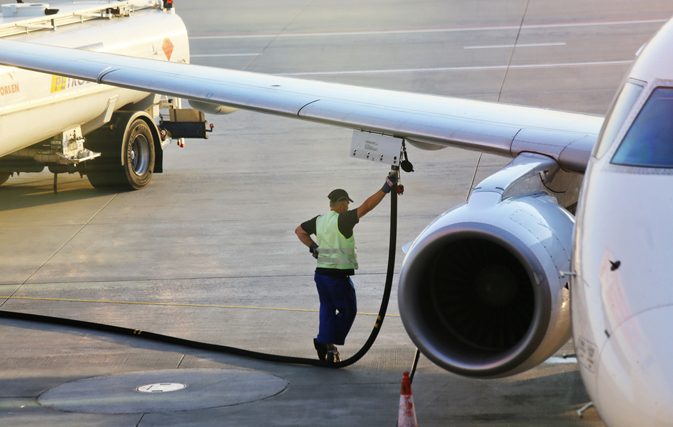MONTREAL — Air travellers should see further dips in fares this year after sizable drops in 2015 as lower fuel prices are passed along to consumers, according to a leading industry association.
The International Air Transport Association says average fares around the world as reported in U.S. dollars fell about 12 per cent last year, or by four to 4.5 per cent adjusted for distortions caused by the strong appreciation in the U.S. currency.
Although decreases in adjusted fares stabilized towards the end of the year, the association says competitive pressures within the industry will likely translate intro further fare declines in the first half of the year as currency hedges unwind.
Crude oil prices have rallied in recent weeks but are still about 30 per cent lower than they were a year ago.
In Canada, average domestic round-trip prices rose two per cent month over month to $457 in February after having dropped 7.3 per cent in January, according to the Consumer Airfare Index from airfare prediction app Hopper. International fares were up 4.2 per cent to $804.
However, compared with February 2015, domestic fares were down 2.5 per cent while international fare were essentially flat. Both decreased about 11 per cent in U.S. dollars.
Fares will fluctuate as demand picks up heading toward the busy summer season, but prices will remain low because the downward pressure from oil prices is so strong, said Patrick Surry, Hopper’s chief data scientist.
Surry said global prices could fall three to five per cent in 2016.
He added that Canadian prices could dip more than those in the United States because American carriers have already been pushed by competition to pass along savings more quickly than in Canada.
“The mitigating factor in Canada is the competitiveness of the market is not necessarily as strong as some other markets so it may take longer for those price drops to filter through because the airlines obviously don’t need to pass on their fuel savings right way,” Surry said in an interview.
Walter Spracklin of RBC Capital Markets said Canada’s two largest airlines have been lowering fares. The RBC Fare Tracker points to WestJet Airlines fares falling about 9.5 per cent in the first quarter, with Air Canada fares decreasing 3.7 per cent.
WestJet has lowered fares to stimulate demand and fill planes especially in Western Canada, its base which has faced an economic downturn. Discounting on Air Canada has largely been isolated to select transborder and domestic routes.
Despite lower fares, IATA said a nearly 60 per cent increase in global airline profits in the fourth quarter pointed to a strong year in 2015, led by North American carriers.
